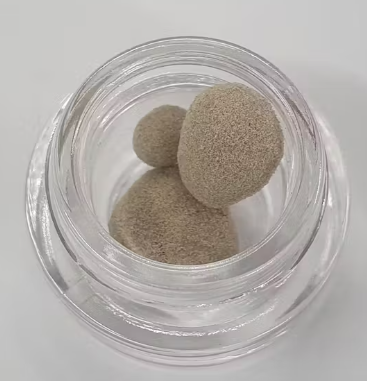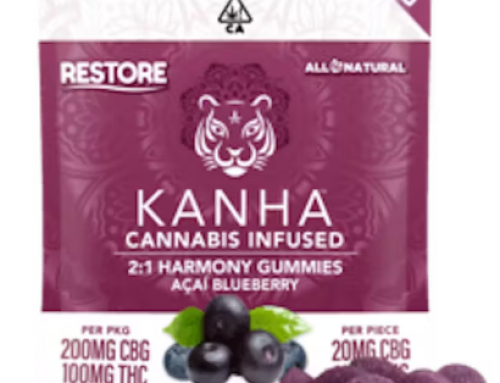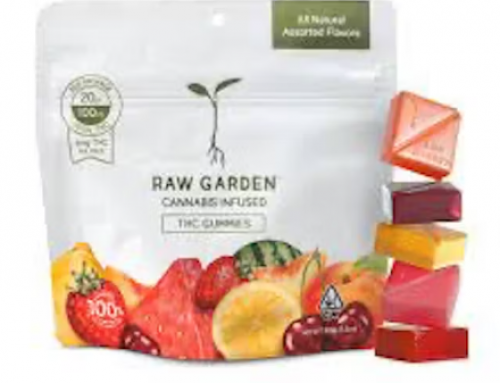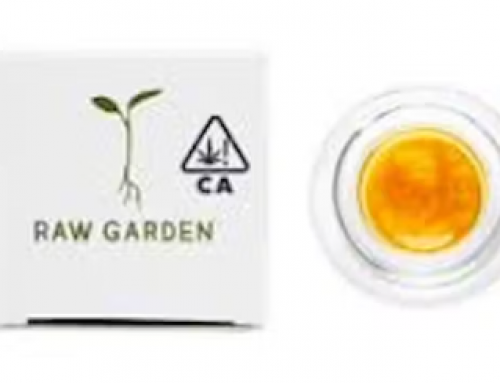- Terpene-Rich Profile: Cannabis concentrates often contain a higher concentration of terpenes compared to traditional cannabis flower. Terpenes are aromatic compounds responsible for the unique flavors and aromas of different cannabis strains. They also play a role in the entourage effect, where cannabinoids and terpenes work together to produce a more potent and diverse range of effects.
- Various Extraction Methods: Cannabis concentrates can be produced using several extraction methods. Some common techniques include solvent-based methods like butane hash oil (BHO) and CO2 extraction, as well as solventless methods like rosin pressing and ice water extraction. Each method results in a different type of concentrate with unique characteristics.
- Differences in Potency: Cannabis concentrates are significantly more potent than traditional cannabis flower. The THC levels in concentrates can range from 50% to 90% or even higher in some cases. As a result, consumers should use concentrates with caution and start with small doses, especially if they are not familiar with their potency.
- Consistency and Texture: Cannabis concentrates come in various consistencies and textures. Some popular types include shatter, wax, budder, crumble, live resin, and sauce. These textures result from differences in the extraction and post-processing methods used, which can impact the final product’s appearance and user experience.
- Decarboxylation is Optional: Unlike traditional cannabis flower, many concentrates do not require decarboxylation before use. Decarboxylation is the process of heating cannabis to activate its cannabinoids, such as THC and CBD. However, some concentrates, like edibles or tinctures, may undergo decarboxylation during the production process, but others, like live resin or certain vape cartridges, are designed to be used without this step.
Cannabis Concentrate – Hash Balls at Licensed Cannabis Dispensary, Sunland-Tujunga, California





Leave A Comment